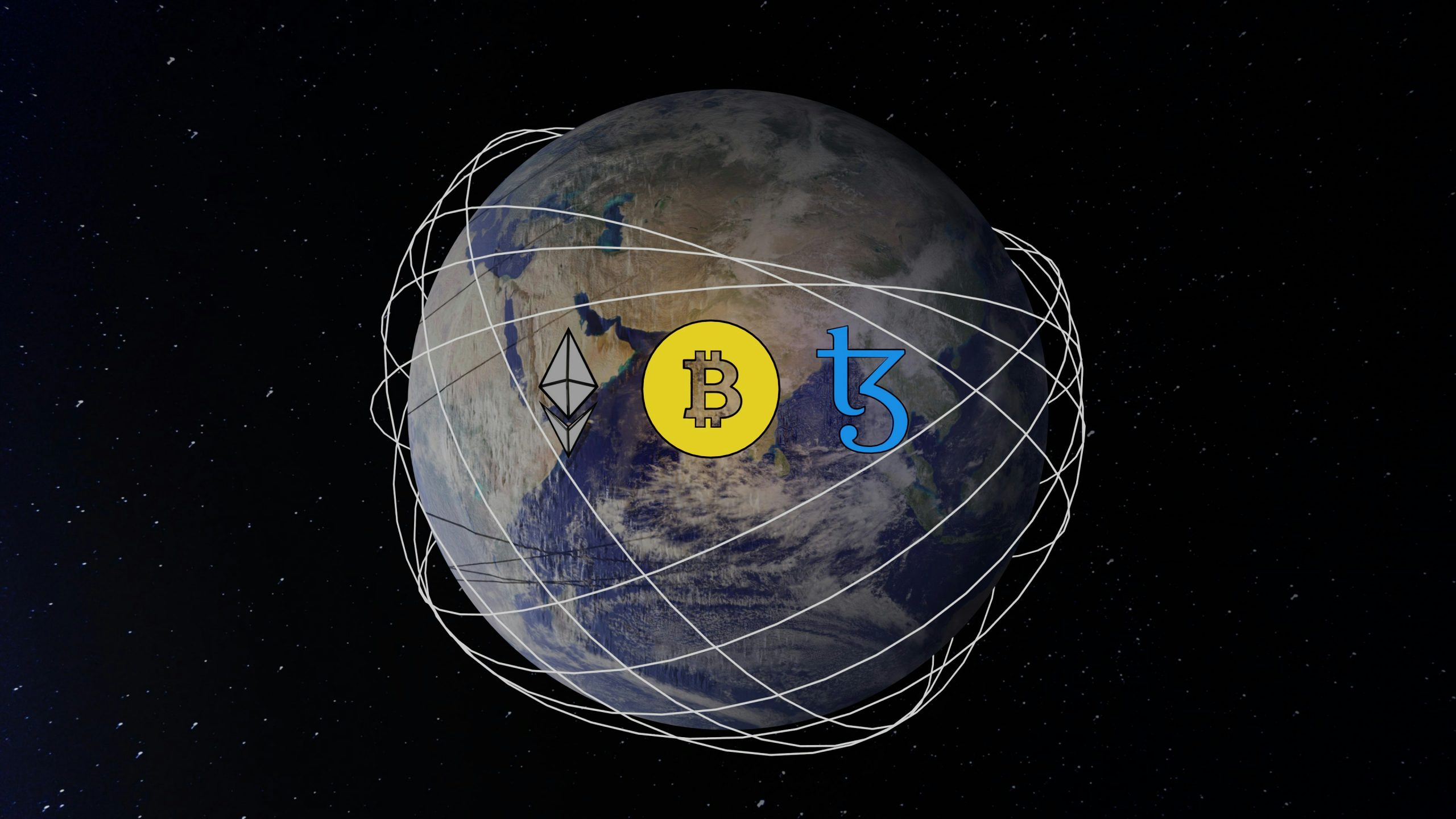How To Create A Cryptocurrency: Everything To Get You Started
How To Create A Cryptocurrency: Everything To Get You Started

Consensus Mechanisms: Transactions are verified through consensus mechanisms like Proof of Work (PoW) or Proof of Stake (PoS). In PoW, miners compete to solve complex mathematical puzzles to validate transactions and add them to the blockchain. In PoS, validators are chosen based on the number of coins they hold and are willing to “stake” as collateral. These mechanisms ensure that all participants in the network agree on the state of the blockchain and prevent fraud.
Blockchain Technology: Verified transactions are grouped into blocks and added to a public ledger known as the blockchain. Each block contains a cryptographic hash of the previous block, forming a chain that secures the data and makes it immutable. Once a transaction is confirmed and recorded on the blockchain, it cannot be altered without the network’s consensus, ensuring transparency and security.
Transaction Validation: Each transaction undergoes a validation process in which nodes (computers in the network) check its legitimacy. This includes verifying that the sender has sufficient funds and that the transaction adheres to the network’s rules. Once validated, the transaction is broadcast to the network, which is included in the next block if consensus is reached.
Cryptocurrencies such as Bitcoin (BTC) have transformed how people view money, mainly by introducing a decentralised and secure platform for conducting transactions. As more investors enter the market, the industry is becoming more recognised as one that goes beyond financial uses, with the technology offering massive potential in the digital landscape.
When you make a cryptocurrency transaction, it doesn’t involve just transferring money from one wallet to another; it involves sending a signed message to the network. Cryptocurrencies are viewed as valuable digital assets, operating independently of central banks or regulatory bodies. They can be held, traded, or transferred online, and some companies and countries accept BTC as a valid form of payment. Other cryptocurrencies can be used for transfers and trading across the digital space.
While cryptocurrencies can be used for payments, most countries don’t officially recognise them as legal tender or treat them like conventional (fiat) money. Each transaction must be authenticated to prevent double-spending and guarantee the same crypto isn’t used in multiple transactions. This verification process relies on complex cryptographic techniques and consensus methods, ensuring the security and validity of every transaction.
Without a central authority overseeing transactions, the system relies on decentralised participants — nodes — to ensure every transaction is legitimate. Transaction verification serves as a way to:
Nodes serve as the backbone of any crypto network. They are computers connected to the blockchain responsible for keeping a copy of the ledger, validating transactions, and broadcasting new data across the network. Full nodes maintain the entire blockchain history and validate each new transaction broadcasted.
There are different types of nodes with specific functions:
A key aspect of transaction verification is consensus, which ensures that all participants, or nodes, in the network, settle the validity of transactions. This is essential in a decentralised system where no central authority controls the network.
Several consensus mechanisms are used to achieve this, with Proof-of-Work (PoW) and Proof-of-Stake (PoS) being the most common.
In PoW, specialised nodes called miners compete to solve complex mathematical problems. This process demands significant computational power, which helps secure the network from malicious attacks. When a miner successfully solves the problem, they add a new block of transactions to the blockchain, and in return, they are rewarded with newly minted crypto. PoW is secure but requires high energy consumption. BTC is the most widely recognised example of this mechanism, using PoW to verify transactions.
Proof of Stake (PoS) replaces the need for miners and computational problems by relying on validators chosen based on the digit of coins they hold and willing to “stake” as collateral. Validators do not need to solve the problems; they verify transactions and add them to the blockchain based on the stake they’ve committed.
PoS is considered a more energy-efficient alternative to PoW and is used in cryptocurrencies like Ethereum (ETH) following its transition to Ethereum 2.0.
Other consensus mechanisms include:
This mechanism aims to verify transactions securely and efficiently.
The verification process involves network nodes checking a transaction to confirm its validity and ensure compliance with necessary protocols. Once verified, a transaction is successfully confirmed by being added to the blockchain in a block. Each confirmation reinforces the transaction’s security on the BTC network, ensuring it is irreversible and entirely accepted. There are a lot of excellent crypto trading tools, such as Blizzetrix.
Using crypto as a method of payment supplies several benefits, including:
Cryptocurrencies such as Bitcoin offer significant advantages in cross-border transactions, delivering unparalleled efficiency compared to conventional payment methods.
Crypto networks operate based on decentralised and cryptography principles, which make the transaction verification process compelling and challenging. Via consensus mechanisms, including PoW and PoS, network nodes ensure that each transaction is legitimate and securely added to the blockchain.
This decentralised verification system makes crypto a secure and resilient alternative to traditional payment methods.
How To Create A Cryptocurrency: Everything To Get You Started
How To Recover Stolen Cryptocurrency | Coin Insider
How Is A Cryptocurrency Exchange Different From A Crypto Wallet
What Is The Main Risk Associated With A Cryptocurrency Hot Wallet?